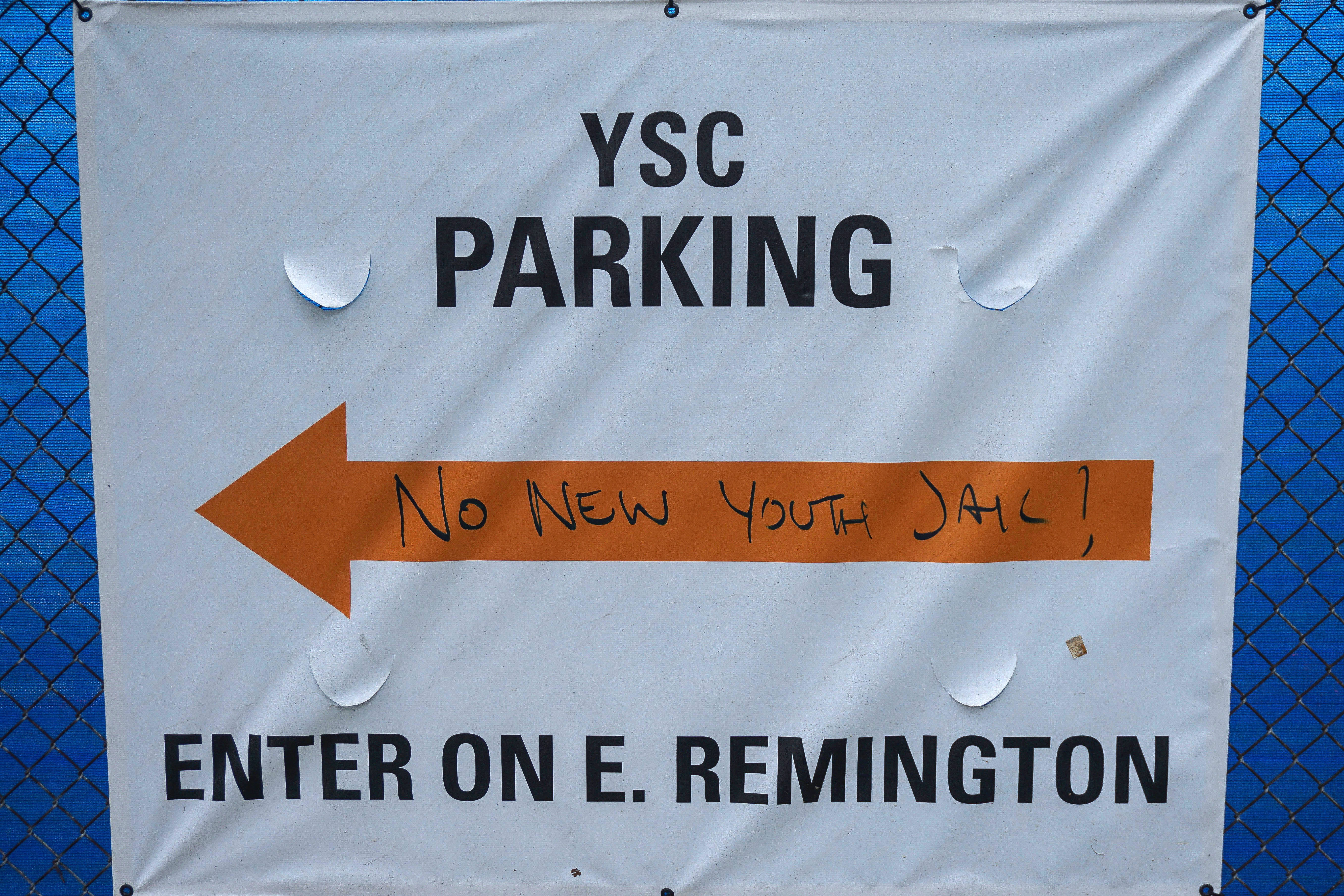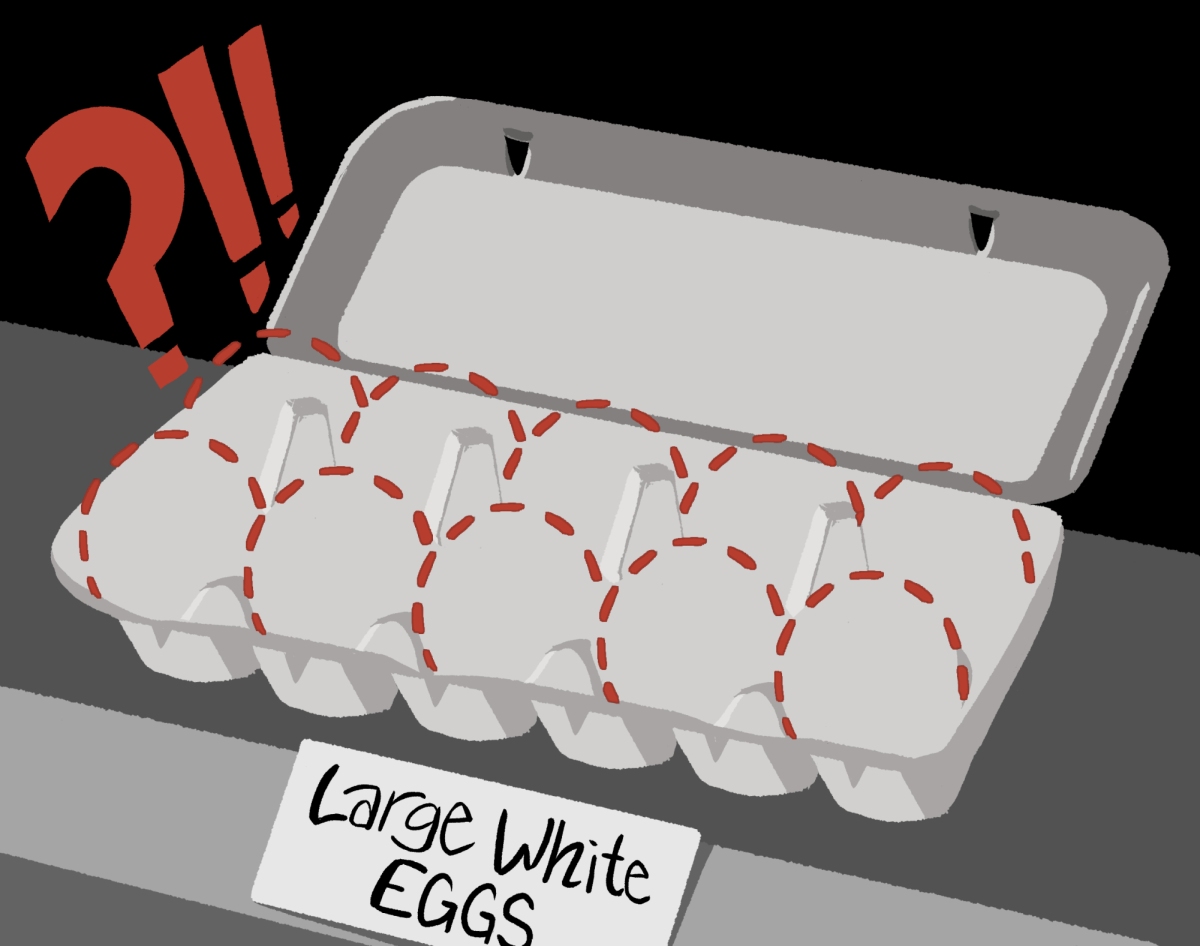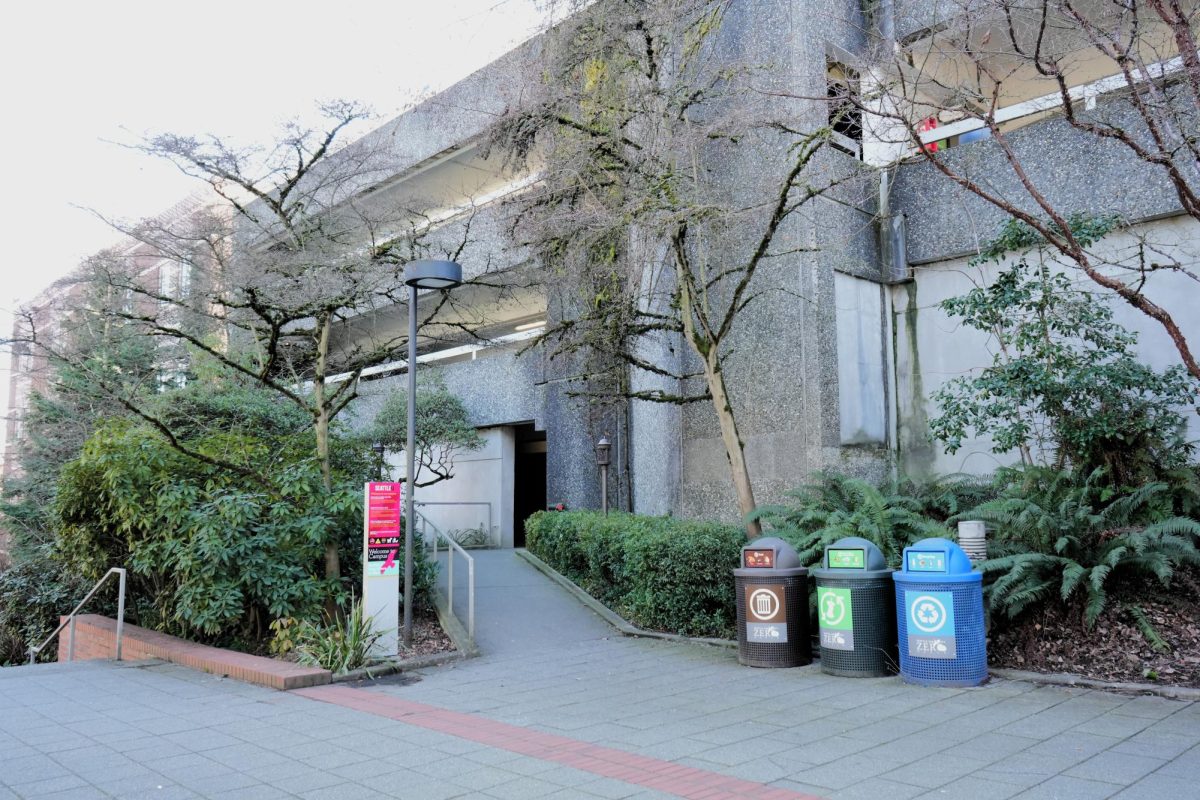End Prison Industrial Complex (EPIC) won a lawsuit in the Washington State appeals court challenging the tax levy passed by voters in 2012 to pay for the new $210 million youth detention center on 12th Ave. and Alder. This is a large win for activists in the fifth year of a battle against King County over the new facility called the Children and Family Justice Center.
Organizations like EPIC and Youth Undoing Institutional Racism (YUIR) have created a large grassroots movement in opposition to the Center, citing racial disparity in youth incarceration and the school-to-prison pipeline.

Around the entire King County Children and Family Justice Center construction site the voice of disagreement can be seen.
Director of the Department of Psychiatry & Behavioral Sciences at University of Washington Eric Trupin directs the Evidence Based Practice Institute, whose mission is to train professionals with careers in child welfare, juvenile justice and mental health in forms of intervention that could prevent incarceration.
He describes such an intervention as professional help targeted at bringing good outcomes for youth who have extenuating issues across a number of areas like foster care, mental health and substance abuse.
In a review of King County’s Children and Family Justice Center, Trupin offers recommendations for the new facility. He recommended that the facility be smaller to decrease the amount of detained youth. The facility is currently designed to construct 112 units. He also suggested a more progressive use of the space, allowing community members and even homeless youth to have access to a friendly, open environment.
In 2012, 1,320 youths were held in detention at the current facility. 39.5 percent were African American, even though they only represented 9.8 percent of the total youth in King County. King County has made a commitment to end youth incarceration, but much of the focus is on the racial inequality.
“Disproportionate minority confinement is outrageous and we really need to do something to intervene with that,” Trupin said. “It’s more likely for a black or brown kid to be detained than a white kid, even if they have violated the same rules or committed the same crime.”
Although the lawsuit has created a large hole in the project’s budget, construction has continued and the building will likely be completed. Jimmy Hung, the Chief Deputy of the Juvenile Division of the King County Prosecuting Attorney’s Office, said that the issue may not be as divisive as it seems. In his experience with advocates on both sides, he said the vast majority of people agree on meeting the needs of the youth and families and that any response to criminal offending should seek to achieve accountability, rehabilitation and community safety.
“I do believe… that there is currently a need for a secure facility to safely house youth who pose a significant danger to the community and/or themselves,” Hung said.
Although activists demand no youth jail, the current center is inadequate. Hung said there may be an argument over whether the new detention facility is as rehabilitative and therapeutic as possible, but that there is no debate on whether it is superior to the current facility.
“The water is not drinkable, and the HVAC system is mostly ineffective and often broken,” Hung said. “The building is rundown and depressing.”
According to the county, the new facility will be more flexible and therapeutic. King County currently has the second lowest youth detention rate out of any urban county in the U.S., and the juvenile detention center’s population has decreased by 70 percent since 1990.
King County officials hope to perpetuate this trend, but activists have urged the county to come up with alternatives to detention, like community safe-spaces and prevention programs for youth before they even enter the system.
Beyond advocating on the county-level, activists have urged Seattle University to take a stronger stance against the new center.
In a hearing last year at Seattle U, City Council Member Kshama Sawant spoke about the lack of response from Seattle University.
“You can’t be neutral against the youth jail because it’s so close from this campus…[the] administration that claims to have principles of social justice should stand with them.”
It has been confirmed that the county will appeal this ruling to the Washington State Supreme Court and does not currently plan to stop construction on the new facility. This discussion will likely continue until at least the scheduled opening of the Children and Family Justice Center in 2020.
Quinn may be reached at
qferrar@su-spectator.com








